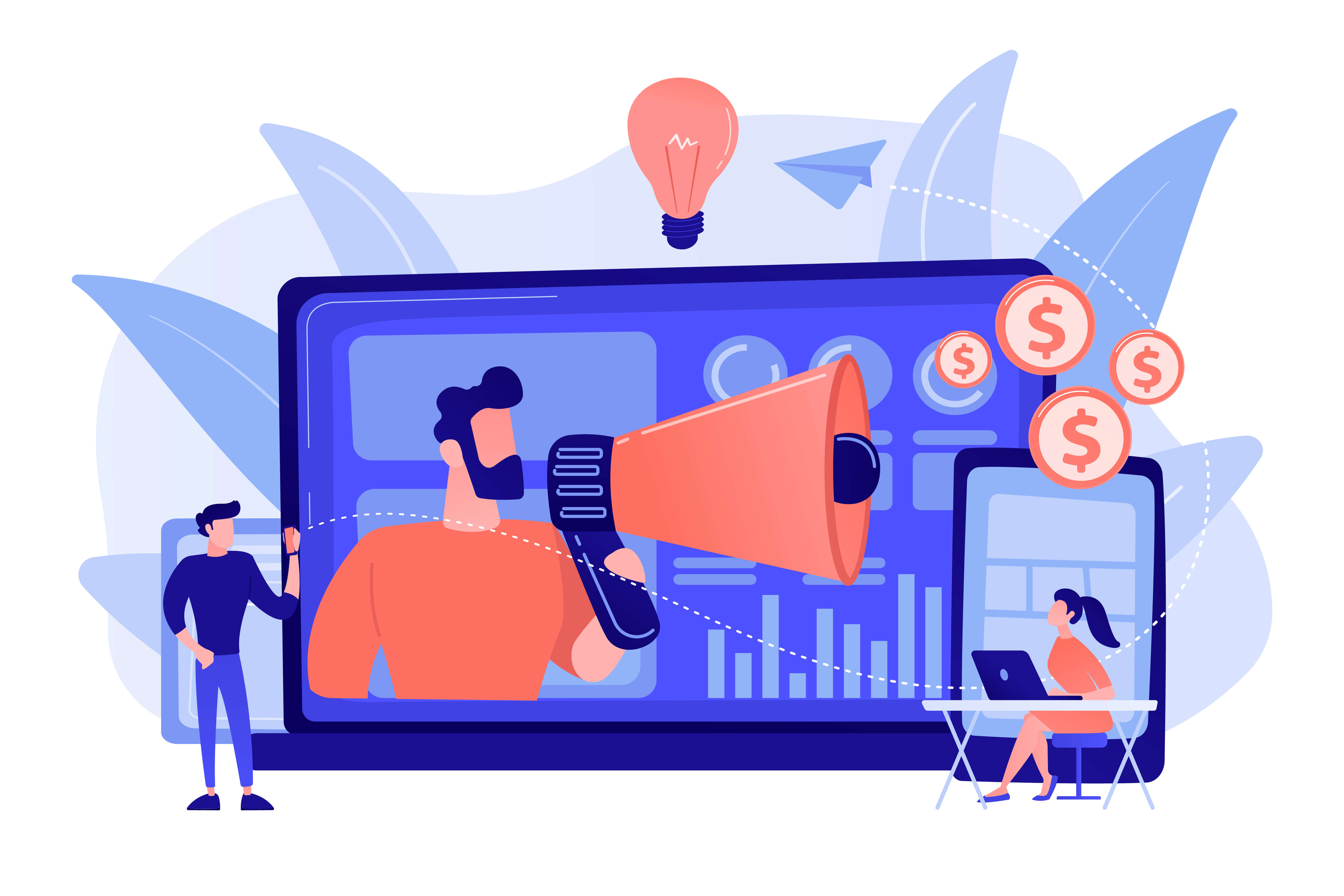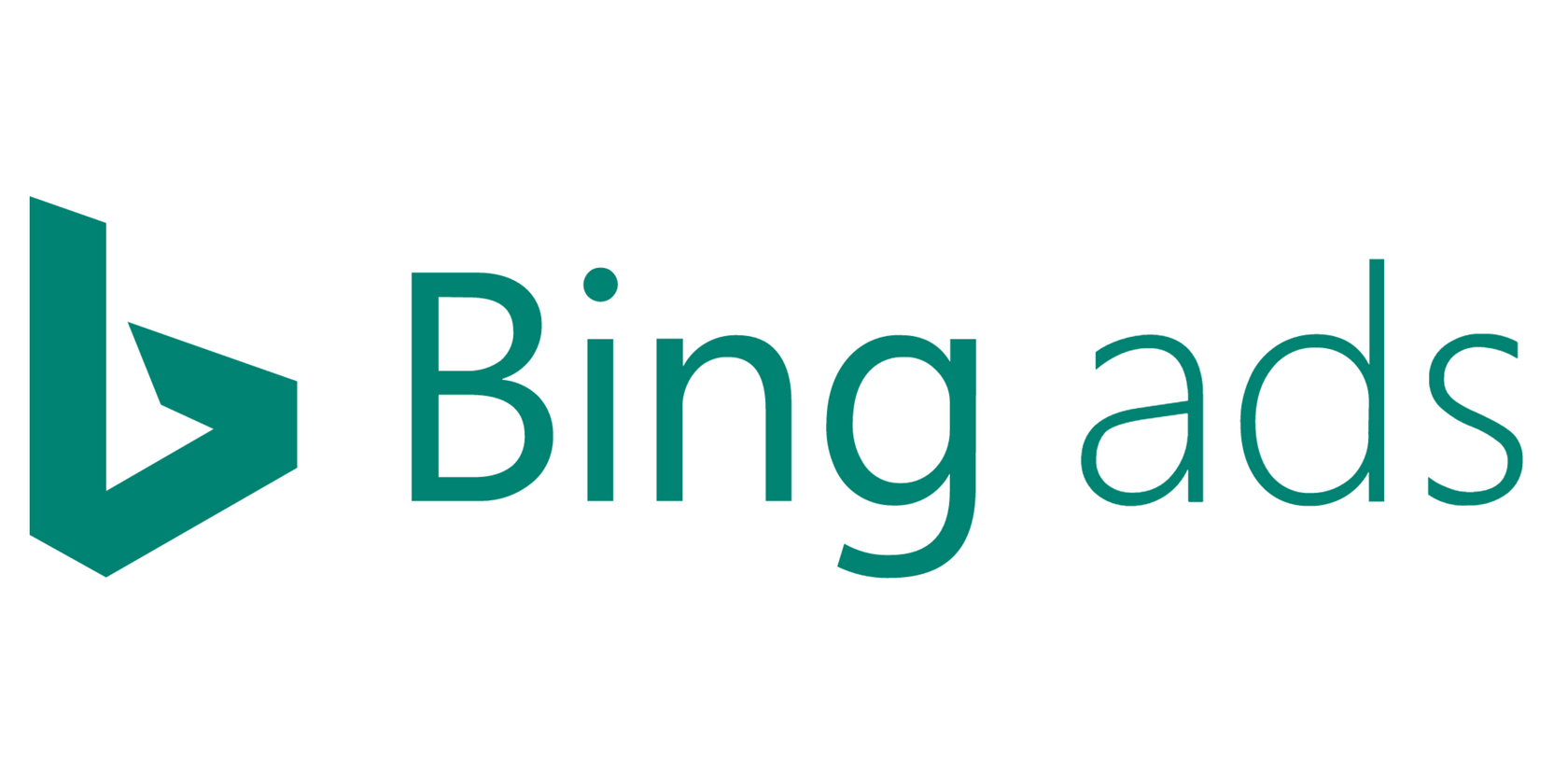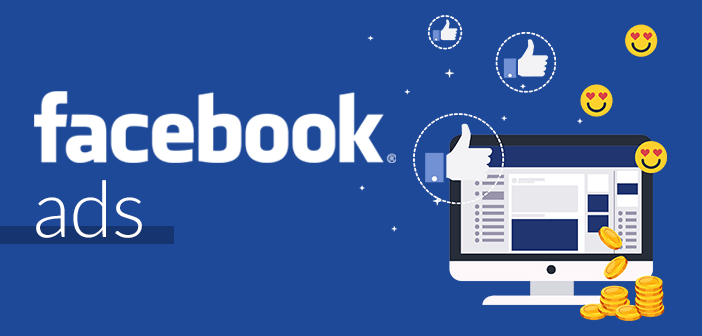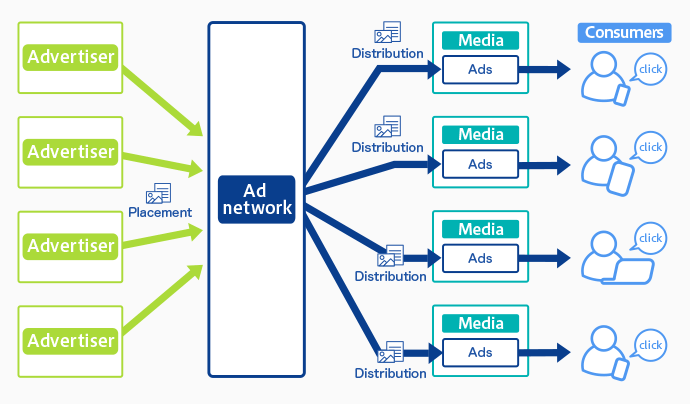The Best Paid Traffic Sources For Affiliate Marketing in 2023

Now when you know everything about free traffic sources, let’s move on to the paid ones. Organic traffic is a dream for every affiliate marketer, but it doesn’t mean that you can’t get high-quality traffic with paid sources. Using paid traffic sources can be an efficient way to increase the influx of potential customers. Let’s delve into the most popular affiliate marketing paid traffic sources and take a look at why they can bring you closer to your increased sales goals.
What is paid traffic?
Paid traffic is the traffic you pay for – either to an agency or when you place paid ads yourself as an advertiser. With that being said, paid traffic doesn’t imply scam traffic, it brings you real visitors and users, however, if you work with untrustworthy agencies it can bring scammers too.
So here is the main pro of paid traffic: it brings the audience instantly, without waiting when SEO will fully unleash its potential. As long as your budget lasts – you will get the audience. Another pro – the traffic is targeted, which means you won’t get random users. This can be important for the sites within narrow niches.
Best paid traffic providers
Google Ads

Google Ads (formerly known as AdWords), one of the best-performing advertising networks, which continues to provide excellent exposure, though at relatively high CPCs (cost per click). 63% of people worldwide have clicked on a Google ad (Sorce: Hubspot, 2022). According to Techjury, PPC ads generate twice the visitors that SEO does. Sounds impressive huh?
Here’s how you can use Google Ads for your affiliate marketing goals:
- Insert links directly in Google Ads
It seems like the most obvious option, however, Google can shake its digital finger at you and even ban your account. So if you don’t want all these complications, it’s better to explore other strategies.
- Drive paid traffic to a landing page or opt-in form
So here affiliates just send traffic from Google to a landing page and then send it to the offer. It can work, but the risks of being banned are still high, as the landing page should bring some value for users instead of collecting their data.
- Promote your blog post with affiliate links
Sending traffic to your own website or blog with affiliate links is the safest and therefore the best option. Creating a website with high-quality content will be a key to the successful running of Google Ads campaigns.
Bing Ads

Bing Ads is a PPC advertising platform owned and operated by Microsoft. Bing and Yahoo have linked up, so Bing Ads campaigns appear on both Bing.com and Yahoo.com.
Bing Ads can be called an alternative to Google. Can be, but not always actually. Compared to Google, Bing/Yahoo has approximately 10% of Google’s traffic. However the bonus is that compared to Google, traffic is often of better quality and much cheaper. Also, Bing will approve almost every campaign, which is tantalizing!
How to affiliate marketing with Bing Ads?
Bing Ads does allow affiliate marketing ads, but you should follow some rules.
Bing Ads requires a landing page as an intermediary between a user and the offer. This landing page must provide additional information about the product or service being promoted and also include a disclosure statement that states that the website is an affiliate site. Also, Bing Ads has a list of prohibited types of products and services.
Facebook Ads

And here comes the titan of many successful affiliates! Facebook has 2.93 billion monthly active users. (Source: Hootsuite) It is the third most visited website following Google and YouTube and being ahead of other leading platforms like Twitter and Instagram. (Source: Similarweb)
With Facebook’s precise targeting, you can create a devoted audience in a matter of weeks. Unlike Google Ads, on Facebook, you can target people not just based on their geo-location, but also gender, interests, age, as well as life events, such as marriage, divorce, or even political beliefs.
However, remember that you can’t include affiliate links directly in your Facebook ads.
You might feel discouraged because of that, but here is what you can do:
- Create blog posts with affiliate links
- Promote your page, increase your audience and then start with exposing it to affiliate products and services.
Also, keep in mind that there are some regulations regarding the products and services being promoted on the platform:
Firstly, not all the products can be promoted here. Facebook has specific regulations about the types of products and services that can be promoted using affiliate links. For example, Facebook prohibits the promotion of adult products, alcohol, tobacco, weapons, and gambling services.
Secondly, fraud isn’t allowed. Facebook prohibits ads that promote low-quality or misleading content, including ads that promote deceptive or fraudulent practices. This means that if you are using affiliate links in your ads, the products or services you are promoting must be legitimate and of high quality.
Thirdly, disclosure is needed. So if you use affiliate links in the ads, you should mention that, such as “Paid partnership with [Brand]” or “Affiliate link.” This helps ensure transparency and build trust with your audience.
YouTube ads

YouTube ads are advertisements that appear on the YouTube platform. These ads can take many forms, including pre-roll ads that play before a video, mid-roll ads that play during a video, and post-roll ads that play after a video. You will need a Google Ads account to launch Youtube ads.
There are several types of YouTube ads that advertisers can choose from, including:
- TrueView in-stream ads: These are skippable ads that play before, during, or after a YouTube video. Viewers have the option to skip the ad after 5 seconds.
- TrueView video discovery ads: These ads appear in search results, related videos, and on the YouTube homepage. They consist of a thumbnail image and text, and viewers can click on the ad to watch the video.
- Non-skippable ads: These are ads that play before or during a video and cannot be skipped by the viewer.
- Bumper ads: These are short, non-skippable ads that play before a video and are limited to six seconds in length.
YouTube ads are a popular way for businesses and advertisers to reach a large audience on a video platform. Advertisers can target their ads to specific demographics, interests, and behaviors, making it a highly effective advertising method.
However, some viewers find YouTube ads to be intrusive and annoying, which has led to the rise of ad-blocking software and other methods to avoid seeing ads.
Other social media paid ads

Instagram, Twitter, LinkedIn – all these platforms offer paid ads options, which will expose millions of people to the products and services you’re promoting. However, consider all pros and cons, such as if the platforms have your target audience and if there’s any space for affiliate links, e.g. Instagram doesn’t have it, except for the bio.
Ad Networks

Don’t confuse ad networks with affiliate networks, because they do sound quite similar, but these two are completely different terms.
Affiliate networks connect affiliates with advertisers while taking on all the routine: payments, providing tracking systems, hand-selecting the best affiliate programs, etc.
An ad network is a platform that connects advertisers with publishers who have available advertising space on their websites or mobile apps. Ad networks act as intermediaries between advertisers and publishers, facilitating the buying and selling of advertising inventory.
Ad networks typically offer a range of ad formats, targeting options, and tracking and reporting tools to help advertisers optimize their campaigns and publishers maximize their ad revenue. Advertisers can use ad networks to reach a broader audience, while publishers can use them to monetize their traffic by displaying relevant ads to their visitors.
There are different types of ad networks, including display ad networks, mobile ad networks, video ad networks, and native ad networks.
Some of the most popular formats include:
- Push notifications
- Banner ads
- Search ads
- Redirects
- Native ads
- Pop-unders and pop-ups
- Video and in-video ads
- Rich media
- Widget ads
- Image ads and in-image ads
- Instant message ads
- Interstitials
When you start working with an ad network, you become an advertiser, and the platforms where your ad campaigns are run are the publishers.
Here’s how ad networks typically work:
- Advertisers sign up with an ad network and provide details about their ad campaign, such as target audience, budget, and ad creatives.
- Publishers also sign up with the ad network and provide information about their website or mobile app, such as its audience demographics, traffic volume, and ad placement options.
- The ad network uses algorithms and machine learning to match the advertisers’ campaign requirements with the publishers’ audience and ad inventory. The ad network may also use data from third-party providers to enhance targeting and performance.
- When a user visits a publisher’s website or mobile app, the ad network’s ad server sends an ad request to the ad network’s demand-side platform (DSP), which is connected to the advertiser’s campaign.
- The DSP uses real-time bidding (RTB) to select the best ad to display based on the targeting criteria and bid price. The highest bidder’s ad is then displayed to the user.
- When the user clicks on the ad, they are redirected to the advertiser’s website or app, and the ad network’s tracking code records the conversion.
- The ad network tracks and reports the performance of the ad campaign to the advertiser and pays the publisher a share of the revenue generated from the ad impressions or clicks.
Ad networks are crazily popular among affiliates and once you’re comfortable with initial steps in affiliate marketing, you might also like to look into ad networks and their options.
—
Takeaway
The effectiveness of organic traffic versus paid one for affiliate marketing purposes can vary depending on the specifics of the campaign and the niche. While organic traffic is undoubtedly an ultimate goal for almost every affiliate marketer, paid traffic can bring you closer to that dream by driving the target audience in the shortest possible time.
Ultimately, the most effective strategy for affiliate marketing purposes is to have a well-rounded traffic strategy that incorporates both organic and paid traffic. By using a combination of SEO, content marketing, social media advertising, and other paid traffic sources, affiliate marketers can maximize their reach and drive more targeted traffic to their websites.
Are you a seasoned affiliate marketer? Or maybe a newbie? We at Indoleads have 2000+ best affiliate programs in all profitable niches. Let’s make money with affiliate marketing right now!